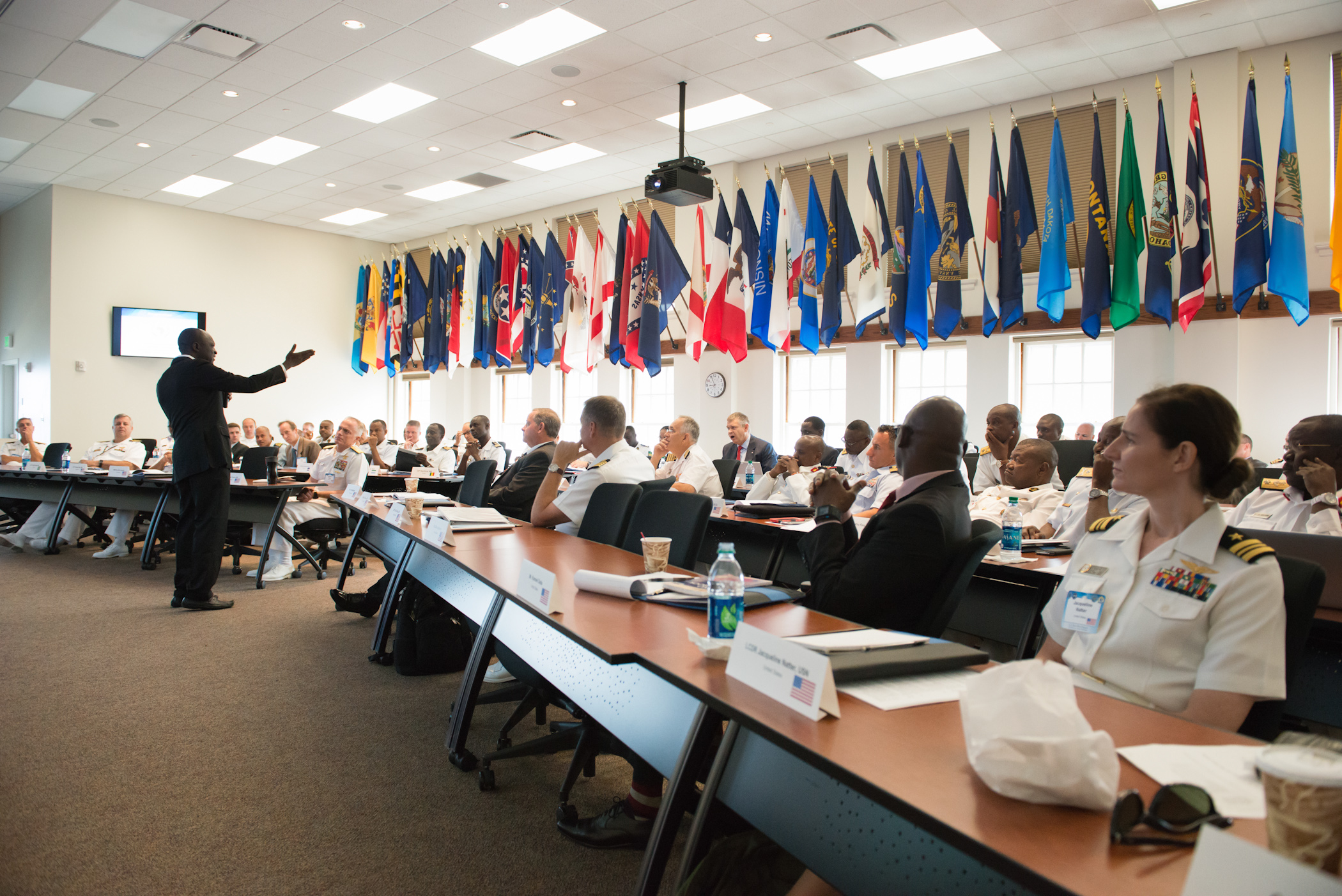

command of the sea in the Western Pacific, the Navy must rediscover fleet tactics, and reinvigorate the College’s role in warfighting education. Now that China constitutes a substantial threat to U.S. The fall of the Soviet Union turned the numbered fleets into area administrators and fleet tactics evaporated, being supplanted by security cooperation plans and the tactics of individual platforms. His discussion of combined naval tactics mesmerized the student body, but tactics were still shunned by the College. I remember vividly in the late 1980s when Vice Admiral Duke Hernandez spoke at the College and described his approach to using Third Fleet as a whole to counter a Soviet attack in the Pacific. Since the Naval War College was, and still is, the only place where students can study the combined operations of the various warfare communities, the deletion of tactics in its courses fragmented tactical development in the Navy and undermined the college’s purported operational-level focus.

Tactics became almost an epithet for contaminating discussions of operational-level matters. The imposition of joint education requirements only reinforced the focus on the operational level. At the time I was a planning and decision-making instructor in the department. Soon after, the Naval War College shifted the focus of its military operations course from tactics to operational-level concepts. Army developed its concept of AirLand Battle and imported the Soviet concept of operational art.


 0 kommentar(er)
0 kommentar(er)
